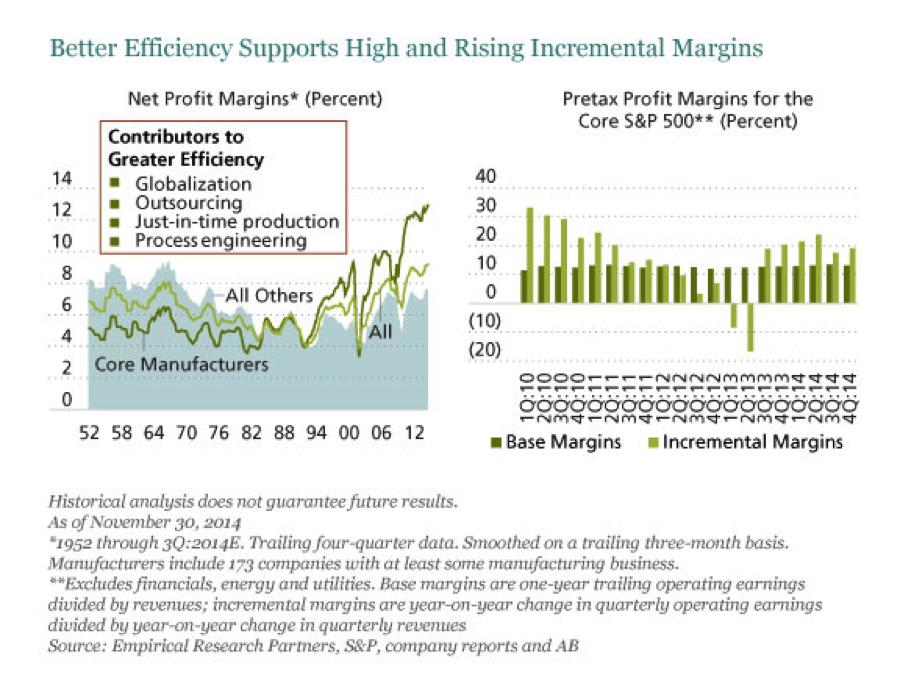Home Equity Why 2015 Is The New Zero
Post on: 18 Сентябрь, 2015 No Comment

HSH.com
Underwater? How Long Will It Take to Build Back Your Equity?
One of the hottest topics in the mortgage industry these days is strategic defaults, or borrowers who decide to walk away from their mortgages. Often times, these borrowers are so far underwater — owing more than what their home is worth — that they see no other option than to abandon their contract. In a country that has experienced home-price declines of some 30% in about three years, according to Fiserv Lending Solutions, thousands of American homeowners have seen the equity in their homes all but disappear.
Lew Sichelman wrote an excellent piece for the trade publication National Mortgage News citing a fresh study which explored the likelihood that an underwater borrower would walk away from their home, even if they could afford to make payments.
The article noted that fewer than one in 1,000 borrowers would mail in the keys with just a 10% deficit, only 5% would walk away with a gap of 10% to 20% and only 17% would go voluntarily without selling if they were 50% underwater. Sichelman’s take is that ‘strategic defaults’ are well-reported, if not well documented. We agree; the number of homeowners defaulting by choice is probably quite small relative to the problem as a whole.
But what about those who stay? What happens to them?
Given that a sizable chunk of the population is perhaps 10% to 20% underwater, we thought we’d run a few quick calculations to see what the 95% of borrowers who stay put might face in their financial futures.
We needed to make a few assumptions, of course. A borrower who bought a $200,000 home in January of 2006 with a fully-amortizing, fixed-rate mortgage at 6% with a 5% down payment probably saw a little lift in prices for that year, overall, but the softening of home prices was already getting underway by late in the year.
However, for the sake of argument, we’ve ascribed a 10% annualized decline in value from Jan 2006 through October 2008, then a 5% annualized rate though November of 2009 (we realize the declines have been nowhere as even or regular as these but the effect should be roughly the same). Doing so put our borrower at a loan-to-value ratio of almost 127% — deeply underwater and certainly at a level where one might consider walking away.
We can’t say for sure what will happen with prices in the future, but since there have been some signs of leveling off, we assumed that through June 2010 there will feature a 0% rate of increase or decrease, followed by a 14-month period of 2% annual price increases, then a 12-month period of 2.5% gains before finally settling in to a flat 3% annual increase going forward.














